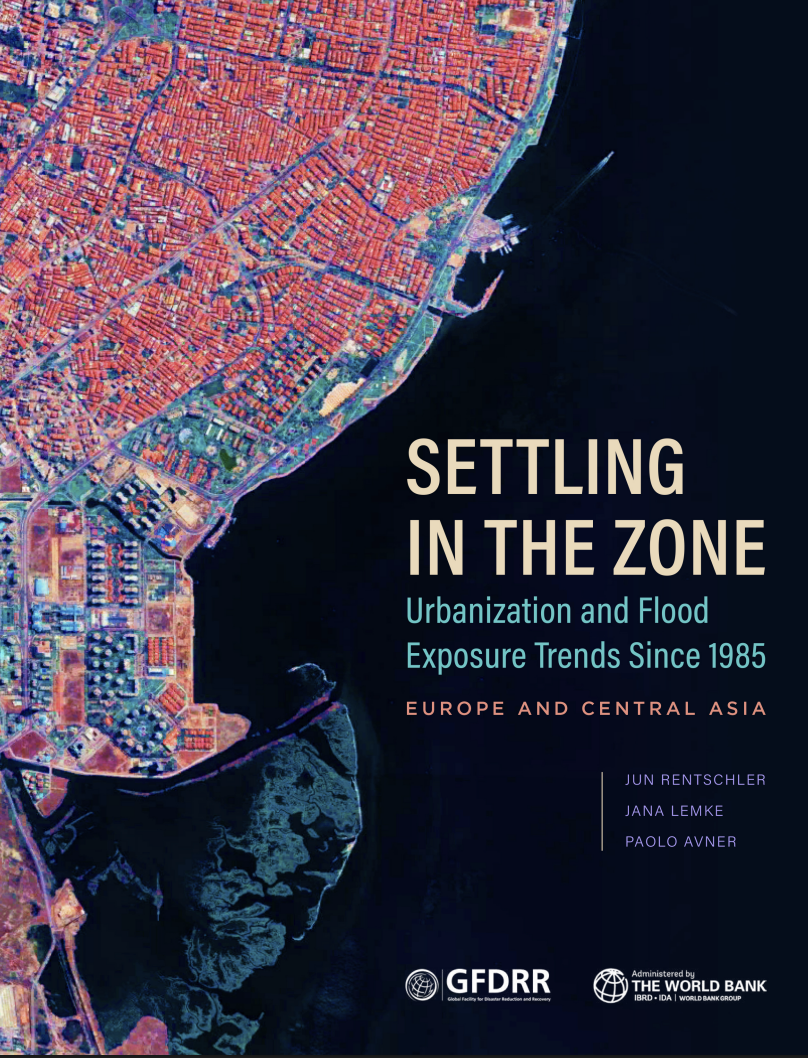As countries rapidly urbanize, settlements are expanding into hazardous flood zones. This analysis considers spatial urbanization patterns and the evolution of flood exposure between 1985 and 2020 in 55 countries in the Europe and Central Asia region. The evidence in this report suggests that across Europe and Central Asia, urbanization in flood zones can accelerate even as urbanization overall is slowing down. The causes behind this trend are wide-ranging, including rational risk taking for economic opportunities (e.g. coastal developments for tourism), as well as rising scarcity of safe land, a lack of risk-informed planning, inadequate zoning and land use regulations, or weak enforcement. These findings suggest that local planners and authorities play a key role in managing and counteracting flood exposure. These findings also highlight how comprehensive hazard data and continuous monitoring of urbanization and flood exposure patterns can help adapt planning and infrastructure investments and guide timely interventions. While land scarcity and geographic constraints can mean that flood zones cannot always be avoided, careful planning of protection systems and disaster preparedness are key to balance flood risk with objectives of urban and economic development.
Settling in the Zone: Urbanization and Flood Exposure Trends since 1985, Europe and Central Asia
September 12, 2025

